What is Soy Sauce?

It is a glutamine acid that takes very important role in making soy sauce’s UMAMI. A thick and high quality soy sauce contains about 1.5 %. This is just about 1/10 of salt content. In fact, the glutamine acid content as UMAMI to the salt in soy sauce is close to that ratio and it has scientifically proven balance of delicious taste.
Its History

During the Azuchi-Momoyama Period (1573-1603), under the rule of Oda Nobunaga and Toyotomi Hideyoshi, the development of a monetary economy among the merchant and artisan class served as the gateway to the modern era, increasing the circulation of goods. Against this historical background, soy sauce spread quickly among the common people, and demand for the product increased.
During the Edo Period (1603-1867), wheat was used to produce a fragrant kind of soy sauce called koikuchi shoyu, perfect for flavouring the fish caught in the Edo Bay, the popularity of which contributed greatly to the culinary culture particular to the era. In response, the first soy sauce factories emerged during the late 16th century and early 17th century.
How is Japanese traditional Soy Sauce different?
Countless varieties of soy sauce are available in the world. Japanese traditional brewed soy sauce stands out from other soy sauce. For example, it has clear color and rich flavour. On the other hand, chemically produced soy sauce has dark color and unpleasant aroma. Some soy sauce has added MSG and other additives. However, Japanese traditional soy sauce is brewed.
“Colour”
To make dishes more elegant
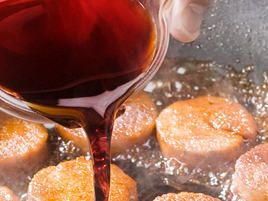
“Aroma”
Glamorous aroma inside
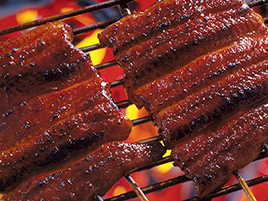
“Flavour”
No interfering with other ingredients
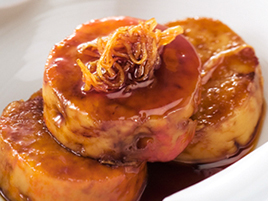
Manufacturing Process of Soy Sauce
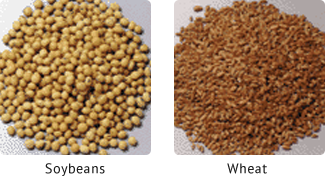
Ingredients are mixed.
Koji Starter is added.
Something akin to sourdough starter called Koji starter is added.
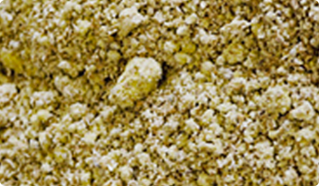
Koji is cultivated.
This mixture spends three days in a warm and humid Koji room, a process critical to final color, aroma and flavour.
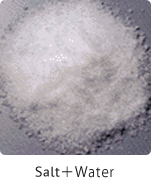
Brine & Koji are mixed.
Mormon mash is made of brine and Koji.
Mormon is fermented in controlled tanks with several air agitations.
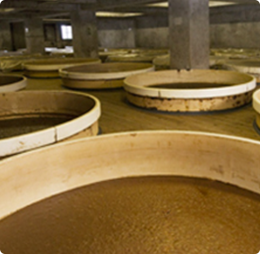
Fermentation & Aging
Moromi continues to change in the tank.
Enzymes, yeast, and microorganisms such as lactic acid bacilli, produced from Koji, work actively in the tank.
Decomposition of ingredients during fermentation process makes Moromi tasty by producing various important components for soy sauce. Flavour, color and aroma of soy sauce are generated and improved slowly during this time. (Experts at the factory stir Moromi with fresh air in order to create favorable environment for microorganisms.)
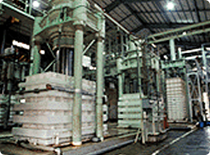
Moromi is pressed.
After the agent of Moromi is completed, Moromi is wrapped in a cloth and squeezed slowly as long as three days. This is called raw soy sauce.
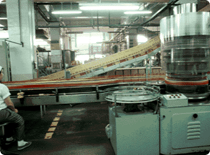
Soy Sauce is sterilized & packaged.
The soy sauce is bottled in our factory and finished – ready to be sold.

